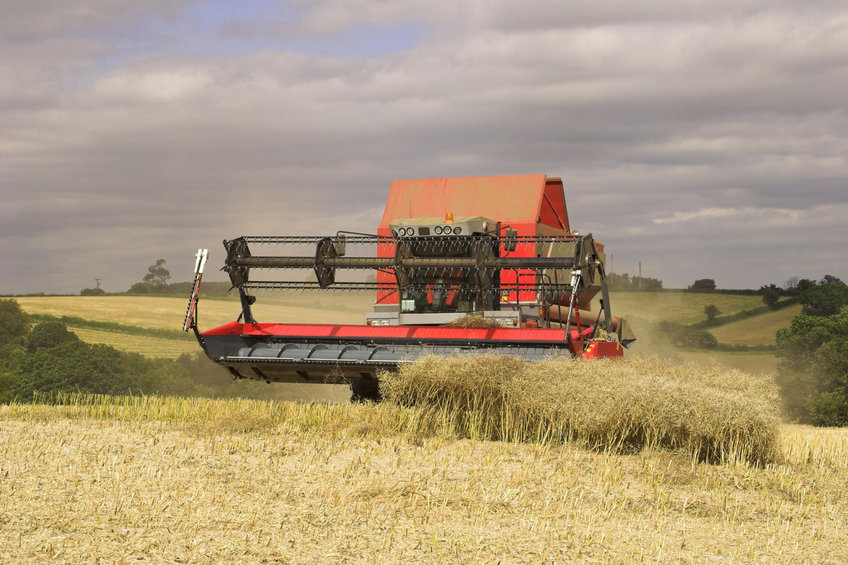
Inflation in agriculture remains high at over 23% as input costs have soared to levels not seen in decades, the latest figures show.
Consultant Andersons’ latest inflation estimate for July shows that ‘agflation’ is now at 23.5 percent, down from June's 25.3% figure.
When agflation is plotted against output prices, food inflation and general economic inflation (CPI), which stand at 9.8% and 9.4% respectively, the firm says it becomes apparent that there is a cost of farming squeeze taking place.
Since the onset of the Russia-Ukraine conflict in February, input costs have soared and are at levels which have not been seen in decades.
Andersons said in its latest update: "In the months preceding June 2022, agricultural output prices generally rose in parallel with agflation, albeit at a slightly lower rate.
"However, since then, these indexes have diverged considerably. Whilst recent falls in commodity grain prices have been the main driver, it also suggests that consumers are struggling to afford rising food prices and, that retailers and food service providers are reluctant to pass on further increases.
"With energy prices set to rise further towards winter and the Bank of England projecting that inflation will rise to 13% by year-end, the extent of the challenges facing the UK economy are stark."
Rising energy prices will also continue to affect agflation in terms of fuel, fertiliser and feed costs. Therefore, Andersons said agflation will remain at elevated levels for this year and beyond.
Some sectors are better positioned to withstand these increases than others, such as the dairy sector, where milk prices are up by 41% since July last year.
Cereal prices, although lower recently, are still around 29% higher than a year ago. However, livestock prices, generally up 10-19%, are not rising as quickly as Agflation, with egg and fresh vegetable prices falling.
Andersons said: "Several of these sectors have been struggling in terms of profitability. Additional inflationary pressure on inputs will stretch working capital resources further."
Although advance BPS payments in England during July are welcome, BPS payments are declining and will by 35% lower in 2023 than in 2020.
"Successor schemes including the Sustainable Farming Incentive (SFI) will not bridge the income gap," Andersons added.
"If farmers are unable to get higher prices for their outputs, many will be severely squeezed in the months ahead.
"Difficult decisions will need to be made on cropping and enterprise viability. This will have direct implications for food supply, coming at a time when severe droughts are being experienced elsewhere, particularly in Europe."
Andersons' agflation index builds upon Defra price indices for agricultural inputs and weights each input cost, such as animal feed, by the overall spend by UK farmers.
Andersons then provides a more up-to-date estimate of the price index for each input cost category.
As the ‘official’ Defra figures are updated, Andersons agflation estimates are also adjusted to take account of the Defra updates.
